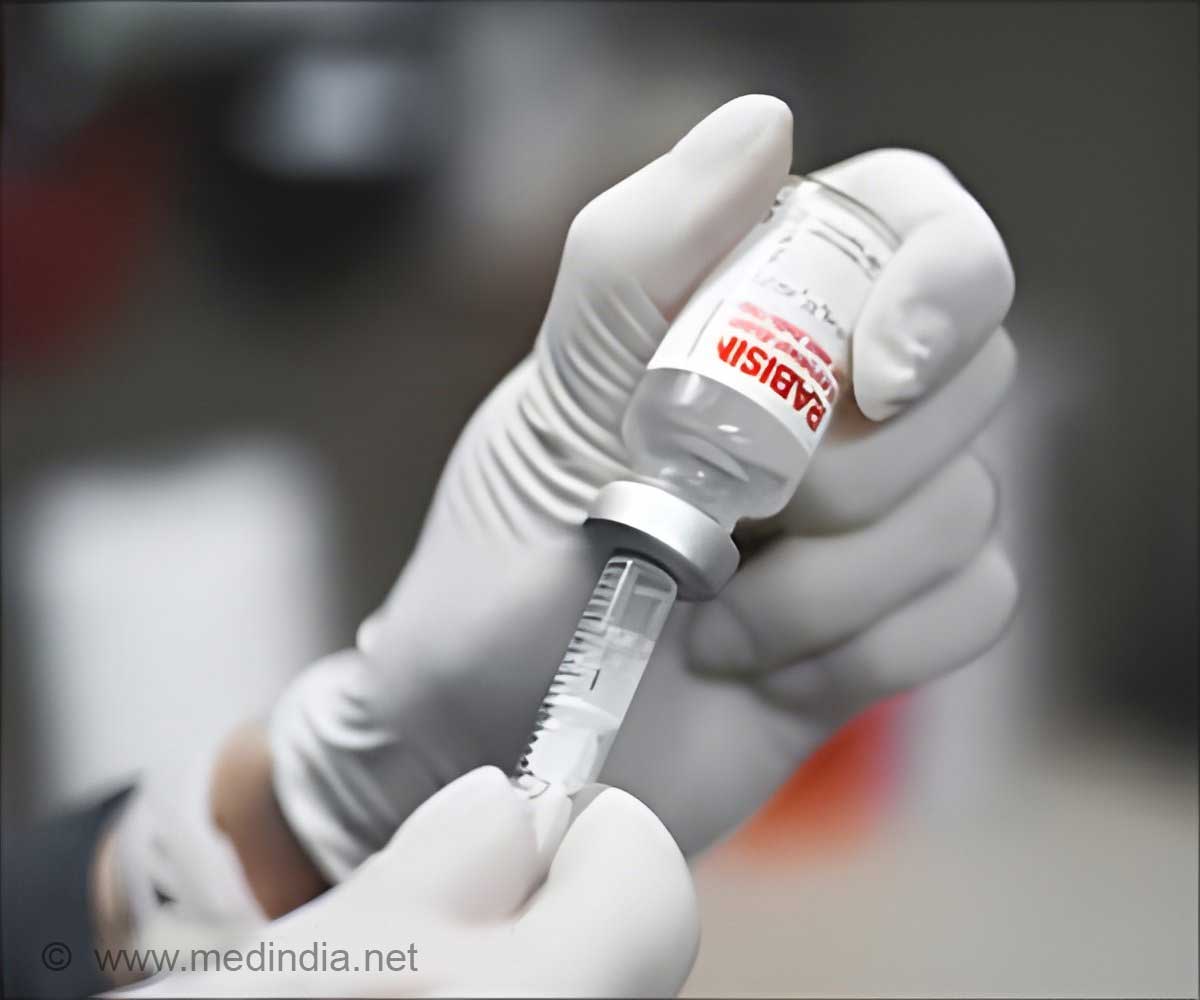
- Heart-in-a-box reduces primary graft dysfunction from 28% to 11%
- Allows longer transportation times and better outcomes for heart transplants
- May increase the use of donor hearts, expanding transplantation opportunities
A significant advancement in heart transplantation has been reported, highlighting a novel approach known as “heart-in-a-box” that outperforms the traditional method of using a cooler with ice. Researchers at the University of Gothenburg have presented findings that suggest this new method could significantly reduce the risk of early heart failure in transplant recipients (1✔ ✔Trusted Source
Hypothermic oxygenated perfusion of the donor heart in heart transplantation: the short-term outcome from a randomised, controlled, open-label, multicentre clinical trial
).
Advertisement
Current Standard: Cold Static Storage in Heart Transplantation
The conventional method for storing donated hearts involves placing them in a cooler with ice, maintaining a temperature of around four degrees Celsius. The heart is immersed in a potassium solution, and the process becomes a race against time. The heart must be matched, transported, and transplanted within four hours to minimize complications for the recipient. Any delays increase the risk of primary graft dysfunction (PGD) and other complications.
Advertisement
Heart-in-a-Box: A New Method in Heart Transplantation
The “heart-in-a-box” technique utilizes hypothermic oxygenated machine perfusion (HOPE), which allows the heart to be stored at a slightly warmer temperature of eight degrees Celsius. The heart is continuously oxygenated with a nutrient-rich fluid circulated through it using a pump, tubes, and a reservoir. This method not only extends the viable transportation time to nine hours but also keeps the heart in better condition for transplantation.
The study, published in The Lancet, is the first randomized controlled trial comparing “heart-in-a-box” with traditional cold static storage. Conducted across eight European countries, the study involved 204 adult patients registered for heart transplantation at 15 different clinics. The participants were randomly assigned to receive hearts stored either in a “heart-in-a-box” or in traditional cold static storage. All hearts used in the study were from brain-dead donors.
The results were striking. Patients who received hearts stored in a “heart-in-a-box” had a significantly lower risk of primary graft dysfunction, with only 11% experiencing severe organ failure compared to 28% in the group that received hearts stored using traditional methods. This reduction in PGD marks a critical improvement in the safety and efficacy of heart transplants.
Advertisement
Clinical Implications and Future Prospects
According to Andreas Wallinder, MD, PhD, and one of the study’s authors, the continuous oxygenation of the heart in the “heart-in-a-box” system is key to its success. Unlike cold storage, where the heart cells receive no oxygen or circulation, the “heart-in-a-box” ensures the heart remains in an optimal state, reducing complications post-transplantation.
The study’s findings have significant implications for the future of heart transplantation. As Professor Göran Dellgren, the Swedish Principal Investigator of the study, noted, this technique could revolutionize heart transplantation by reducing complications, extending the distance organs can be transported, and allowing the use of less ideal organs from older donors. This could potentially increase the number of heart transplants performed and improve overall outcomes.
The introduction of the “heart-in-a-box” represents a major advancement in the field of heart transplantation. By improving the preservation of donor hearts and reducing the risk of early heart failure in recipients, this innovation has the potential to save lives, enhance transplant success rates, and broaden the availability of donor organs. Further research and longer-term follow-up will be crucial to fully understand the benefits and potential of this technology.
Reference:
- Hypothermic oxygenated perfusion of the donor heart in heart transplantation: the short-term outcome from a randomised, controlled, open-label, multicentre clinical trial – (https://www.thelancet.com/journals/lancet/article/PIIS0140-6736(24)01078-X/abstract)
Source-Medindia



